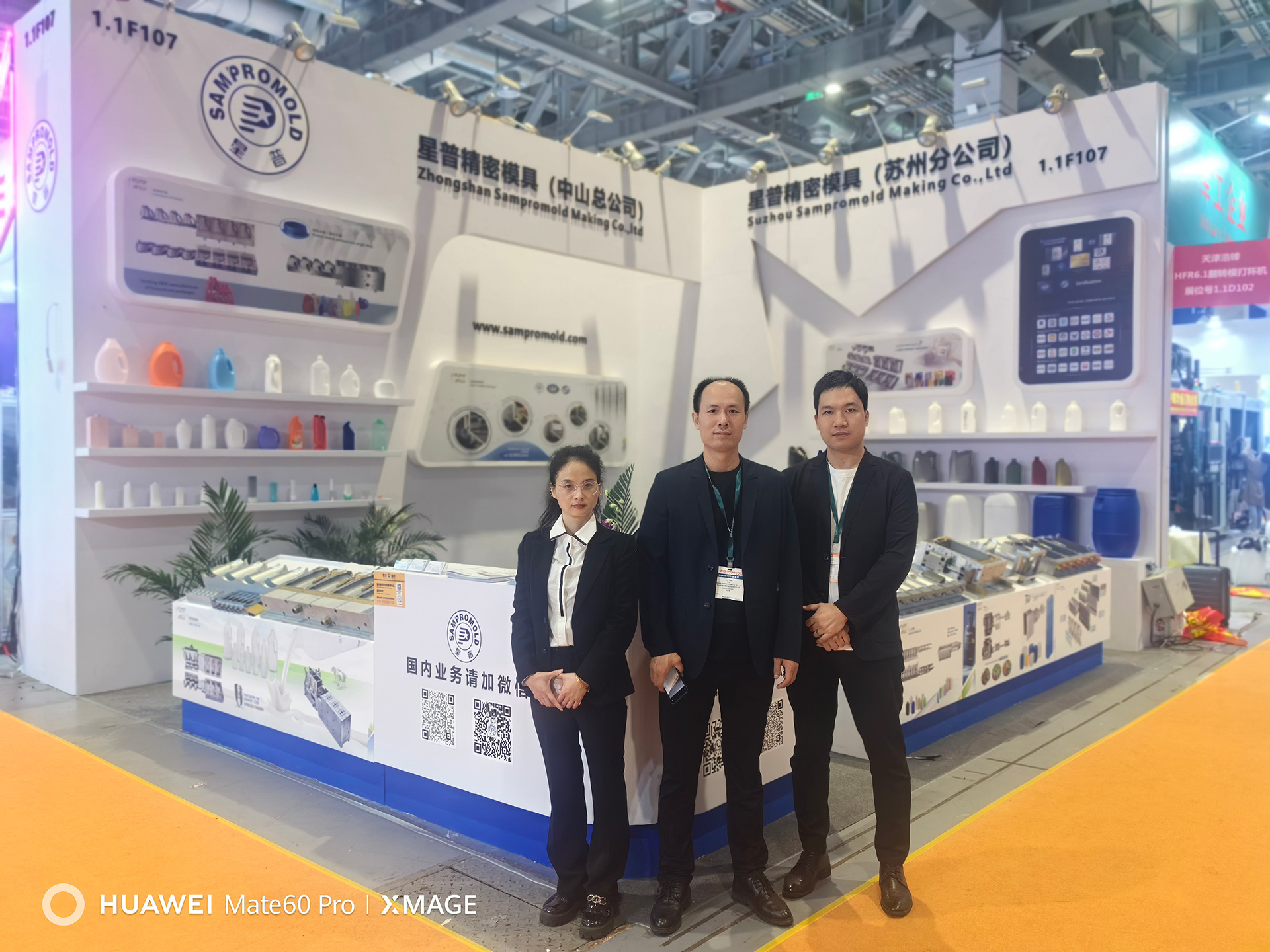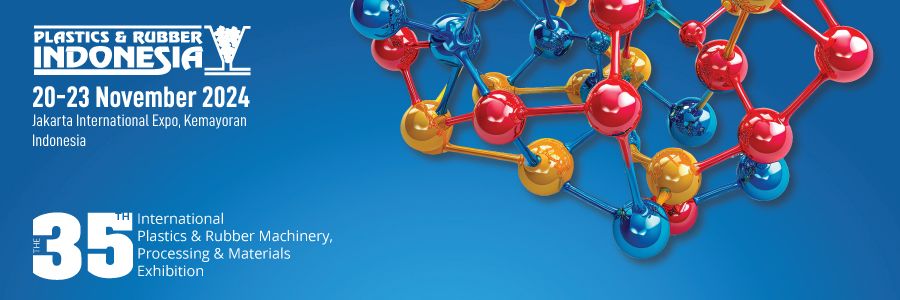From Concept to Creation: Harnessing the Power of Fancy Prototype Plastic Injection Molds
Time:
2025-07-08
From Concept to Creation: Harnessing the Power of Fancy Prototype Plastic Injection Molds
Table of Contents
1. Introduction to Plastic Injection Molding
2. Understanding Fancy Prototype Plastic Injection Molds
3. The Design Process: Turning Ideas into Specifications
3.1 Importance of Design in Injection Molding
3.2 Tools and Software for Effective Design
4. Selecting Materials for Prototype Molds
4.1 Common Materials Used in Plastic Injection Molding
4.2 Factors Influencing Material Selection
5. The Manufacturing Process of Fancy Prototype Molds
5.1 Overview of the Injection Molding Process
5.2 Quality Control Measures in Manufacturing
6. Applications of Fancy Prototype Plastic Injection Molds
7. Benefits of Using Fancy Prototype Molds in Product Development
8. Common FAQs About Fancy Prototype Plastic Injection Molds
9. Conclusion
1. Introduction to Plastic Injection Molding
Plastic injection molding is a cornerstone of modern manufacturing, allowing for the creation of complex shapes and structures with remarkable precision. This process involves injecting molten plastic into a mold, where it cools and solidifies into a specified shape. The versatility and efficiency of plastic injection molding make it the preferred choice for industries ranging from automotive to consumer goods.
2. Understanding Fancy Prototype Plastic Injection Molds
Fancy prototype plastic injection molds are specially designed tools that facilitate the rapid production of prototypes for testing and evaluation. These molds enable companies to produce parts that are not only functional but also aesthetically pleasing. By leveraging advanced technologies and materials, manufacturers can achieve intricate designs that reflect the final product's appearance and functionality.
3. The Design Process: Turning Ideas into Specifications
The design process is pivotal in ensuring that the final product meets both functional and aesthetic standards.
3.1 Importance of Design in Injection Molding
A well-thought-out design is crucial for successful plastic injection molding. It impacts everything from material choice to production efficiency. Designers must consider factors such as wall thickness, draft angles, and shrinkage rates to create a mold that functions effectively.
3.2 Tools and Software for Effective Design
Various tools and software are available to aid designers in the creation of injection molds. CAD (Computer-Aided Design) software allows for the visualization of designs and facilitates modifications before production begins. Advanced simulation software can predict how the material will flow during the injection process, helping to optimize the mold design.
4. Selecting Materials for Prototype Molds
Material selection is a critical aspect of the injection molding process. The right material enhances mold durability, product performance, and overall cost-effectiveness.
4.1 Common Materials Used in Plastic Injection Molding
Some of the most common materials used in plastic injection molding include:
- **Acrylonitrile Butadiene Styrene (ABS)**: Known for its toughness and impact resistance.
- **Polypropylene (PP)**: Valued for its flexibility and resistance to chemicals.
- **Polyethylene (PE)**: Widely used due to its low cost and versatility.
4.2 Factors Influencing Material Selection
When selecting materials for fancy prototype molds, several factors come into play, including the intended use of the final product, environmental conditions, and the expected lifespan of the mold. It's essential to strike a balance between performance and cost.
5. The Manufacturing Process of Fancy Prototype Molds
The manufacturing process for fancy prototype molds involves several critical steps that ensure quality and precision.
5.1 Overview of the Injection Molding Process
The injection molding process consists of four main stages:
1. **Material Preparation**: Plastic pellets are heated until they melt, allowing for easier injection into molds.
2. **Injection**: The molten plastic is injected into the mold under high pressure.
3. **Cooling**: The mold is cooled to allow the plastic to solidify.
4. **Ejection**: The finished product is ejected from the mold, completing the cycle.
5.2 Quality Control Measures in Manufacturing
Quality control is essential at every stage of the manufacturing process. Techniques such as dimensional inspections, visual checks, and functional testing are employed to ensure that each prototype meets the required standards. Implementing Statistical Process Control (SPC) can further enhance the reliability of the manufacturing process.
6. Applications of Fancy Prototype Plastic Injection Molds
Fancy prototype plastic injection molds find applications across diverse sectors. Some notable examples include:
- **Automotive Parts**: Components like dashboards, bumpers, and interior trim.
- **Consumer Electronics**: Cases and housings for gadgets and devices.
- **Medical Devices**: Components that require precision and compliance with health standards.
The ability to produce high-quality prototypes quickly accelerates the product development cycle, allowing companies to bring innovations to market faster.
7. Benefits of Using Fancy Prototype Molds in Product Development
Utilizing fancy prototype plastic injection molds offers several advantages:
- **Cost-Effectiveness**: Reduces costs associated with traditional prototyping methods.
- **Speed**: Accelerates the prototyping phase, allowing for rapid iteration and feedback.
- **Design Validation**: Enables testing of functionality and ergonomics before full production.
- **Market Readiness**: Improves the chances of success by allowing for early market testing of product designs.
8. Common FAQs About Fancy Prototype Plastic Injection Molds
FAQ 1: What is the typical lead time for creating a prototype mold?
The lead time can vary based on complexity, but it generally ranges from a few weeks to several months.
FAQ 2: Can I use the same mold for different materials?
While some molds can accommodate multiple materials, it’s essential to consider the thermal properties and viscosity of each material.
FAQ 3: What are the limitations of plastic injection molding for prototypes?
Some limitations include high initial costs for mold creation and the need for precise designs to avoid defects.
FAQ 4: How should I maintain my prototype molds?
Regular cleaning, inspection for wear, and proper storage will extend the life of your molds.
FAQ 5: Can fancy prototype molds be used for low-volume production?
Yes, they can be effectively used for low-volume production, especially for testing market viability.
9. Conclusion
The journey from concept to creation in product development is a complex yet rewarding process, particularly when utilizing fancy prototype plastic injection molds. By understanding the intricacies of design, material selection, and manufacturing, we can significantly enhance product quality and reduce time-to-market. Embracing this technology not only fosters innovation but also positions companies at the forefront of their industries, ready to meet the demands of an ever-evolving marketplace.
RELATED NEWS












